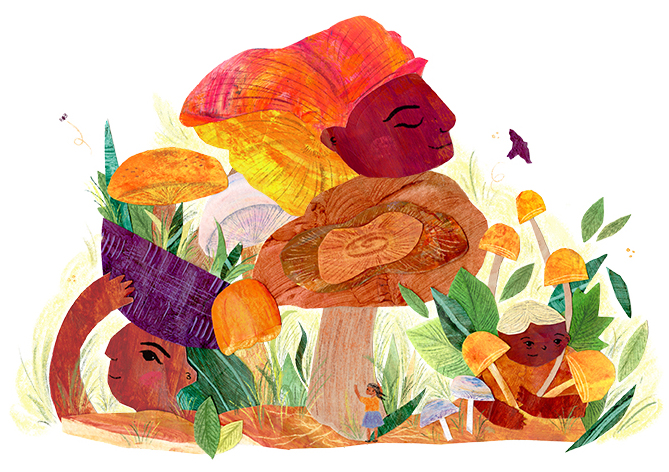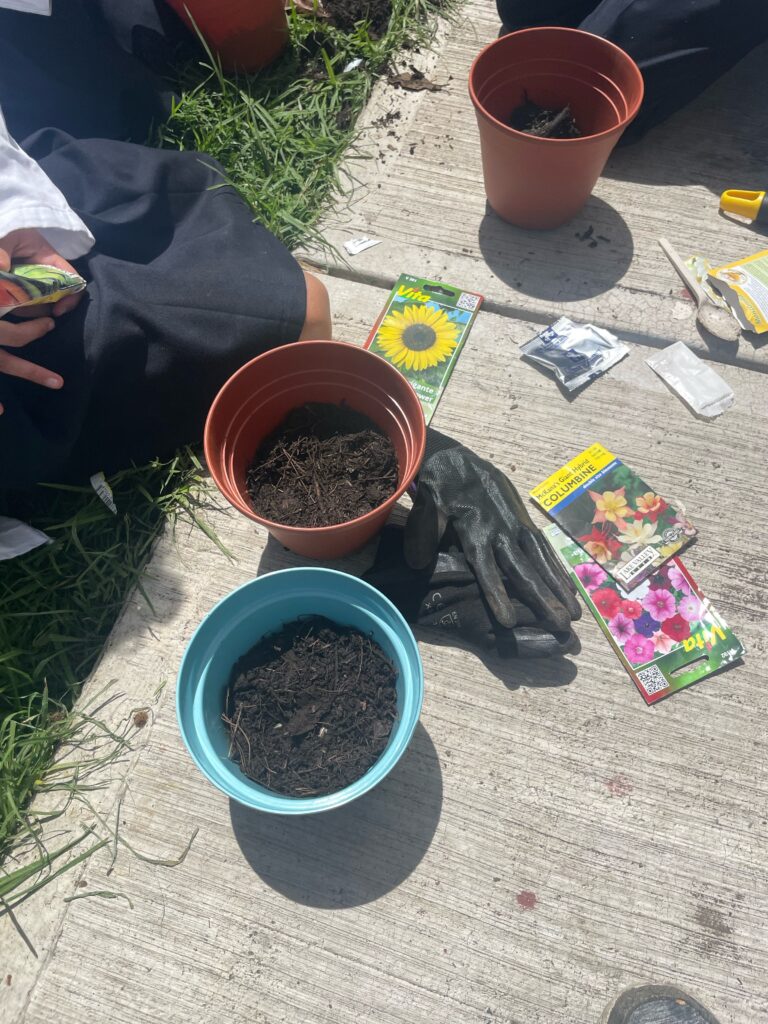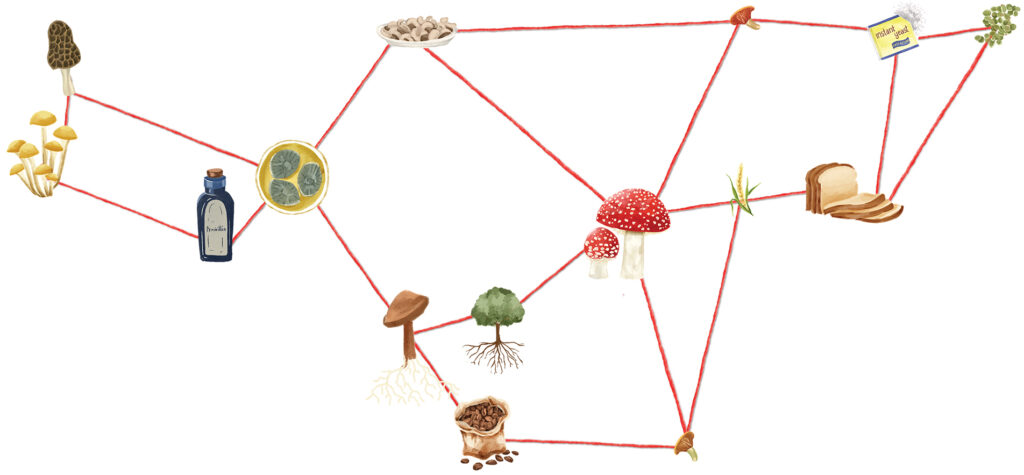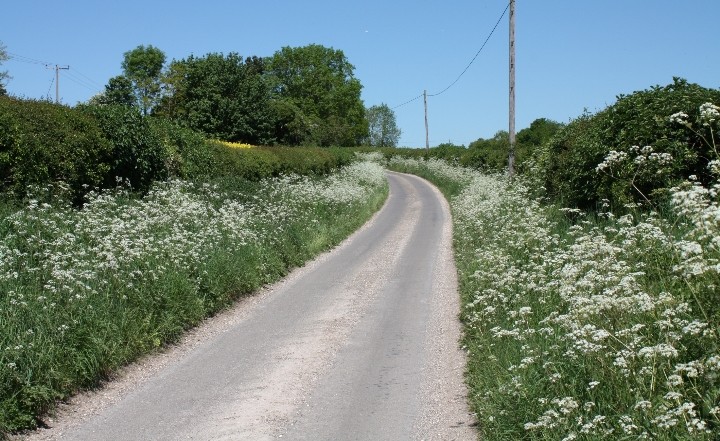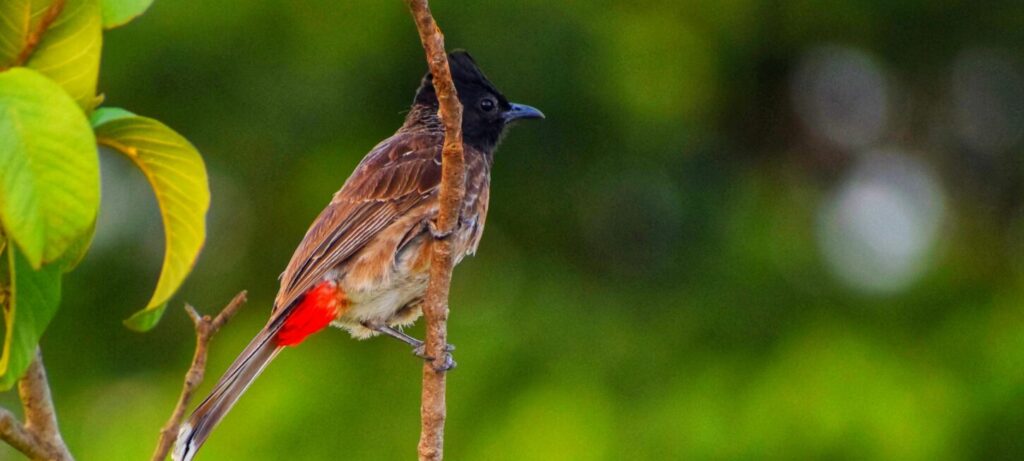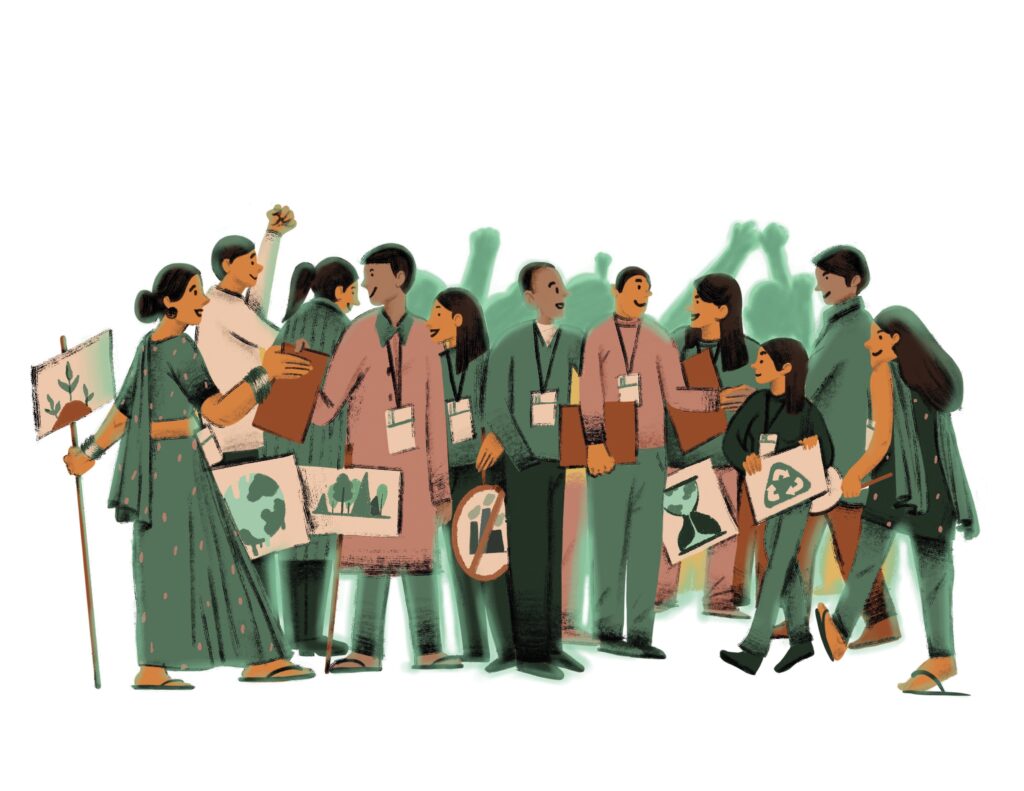Global inequalities in access to, and quality of, public services disproportionately affect rural communities. These communities often rely more directly on their local ecosystems for their health, livelihoods, and climate resilience compared to their urban counterparts, thus exacerbating social exclusion and environmental exploitation. Rural communities are subject to increasing conservation-related pressures as national governments race to fulfil commitments to the Kunming-Montreal Global Biodiversity Framework—mainly to set aside 30 percent of the Earth’s surface as protected areas by 2030 (also known as the “30 by 30” initiative).
These efforts prioritise biodiversity “hotspots” and charismatic flagship species, overlooking less conspicuous but ecologically crucial resources. Fungi, for example, are essential for ecosystem functions, facilitating nutrient cycling, carbon sequestration, and habitat formation. They are also central to rural livelihoods, supporting food security and generating income. But both rural communities and fungi are on the margins, and risk further exclusion through conservation strategies focused narrowly on protected areas.
Future conservation will benefit from bringing the knowledge, strategies, and needs of rural communities and fungi in from the margins and towards the centre, to balance ecological integrity with support for cultural practices, and to meet social and economic needs. Our team has been developing an interdisciplinary research agenda to integrate studies on fungal conservation and sustainable use of wild fungal species with the provisioning of health services, particularly for sexual and reproductive health (SRH).
SRH services, development, and conservation initiatives remain largely siloed, despite growing evidence that when integrated, more effective outcomes become possible. Coupling research on wild species with efforts to ensure everyone has access to the full range of quality health services they need, when and where they need them is a novel approach to conservation. And it aligns with new fungi-inspired conservation advocating caring for abundant natures is as important as protecting rare natures.
Cross-sectoral connections
Our main research question is: how does integrating reproductive health services and sustainable fungal resource use improve community well-being and conservation outcomes? We are hoping to work in Zambia, and perhaps eventually extend our work to communities in Tanzania, Zimbabwe, Malawi, and Benin. We are particularly interested in how traditional gender roles affect peoples’ lives with regards to collecting wild mushrooms and accessing health services, and how these topics may be taken together to inform gender-sensitive policy and practice. We wonder what sort of socio-economic and ecological synergies might emerge when integrating SRH services and fungal conservation? What challenges might arise?
We plan to examine how traditional mushroom gathering for self-provisioning and medicinal needs provides knowledge about sustainable use of wild fungal species, and how this can contribute directly to the underrepresentation of fungi in conservation science. We recognise there are connections between how we experience and perceive our health, livelihood, environmental and climate challenges, and that the connections are often acute in rural communities in low and middle-income countries. What is special about our approach is that we will use the connections between how communities perceive their interconnected challenges, and the solutions they have already identified between them, to co-create an integrated health, livelihood and environmental education programme using multi-sector messaging, with SRH and other health services, and delivered as part of a broader livelihood and conservation intervention.
Recent research highlighting the many benefits of this approach demonstrated that greater attention to community members and their self-expressed needs was essential to design effective programmes addressing health, environment, and livelihood needs. By developing culturally sensitive strategies that attend concurrently to these interrelated issues, we further gender equity in resource management by recognising women’s pivotal roles in conserving fungal resources and enhancing their access to SRH services.
Our work contributes directly to calls for the need for evidence on the impacts of projects integrating health, conservation and livelihood action to support work for policy change. It is designed to simultaneously address a range of UN Sustainable Development Goals: good health and well-being (SDG3), gender equality (SDG5), climate action (SDG13), and life on land (SDG15), by bringing together a transdisciplinary team of academics from the Global South and Global North, along with NGOs working locally and internationally (SDG17). This also increases awareness of the role of fungi in sustainable development (see also Cantiero et al. in this issue).
We use an approach called the Population, Health, and Environment (PHE) framework developed to bridge health, conservation, and sustainable livelihoods. Recognising fungi’s ecological and socio-economic roles in enhancing community resilience, ecological stability, and climate regulation, one of our key aims is to highlight women’s critical roles in maintaining traditional knowledge about wild mushrooms (see also Løvaas in this issue). This knowledge exemplifies how fungi are at a nexus between conservation and SRH, addressing household food and nutrition security, income generation, and community-centred solutions for environmental and social resilience.
Further Reading
Barron, E. S. 2023. Conservation of abundance: How fungi can contribute to rethinking conservation. Conservation and Society 21: 99-109.
Barron, E. S. 2015. Situating wild product gathering in a diverse economy: Negotiating ethical interactions with natural resources. In: Making other worlds possible. (eds. Roelvink, G., K. St. Martin and J. K. Gibson-Graham). Pp 173–193. Minneapolis: University of Minnesota Press.
Muhumuza, R., G. Namanya, P. Orishaba, S. Uwimbabazi, G. Mateeka, A. Aine-omucunguzi, K. Lloyd et al. 2025. Connecting environment, health and livelihoods: how community experiences inform integrated programming in Rukiga District, Uganda. BMJ Global Health 8: e014406.
